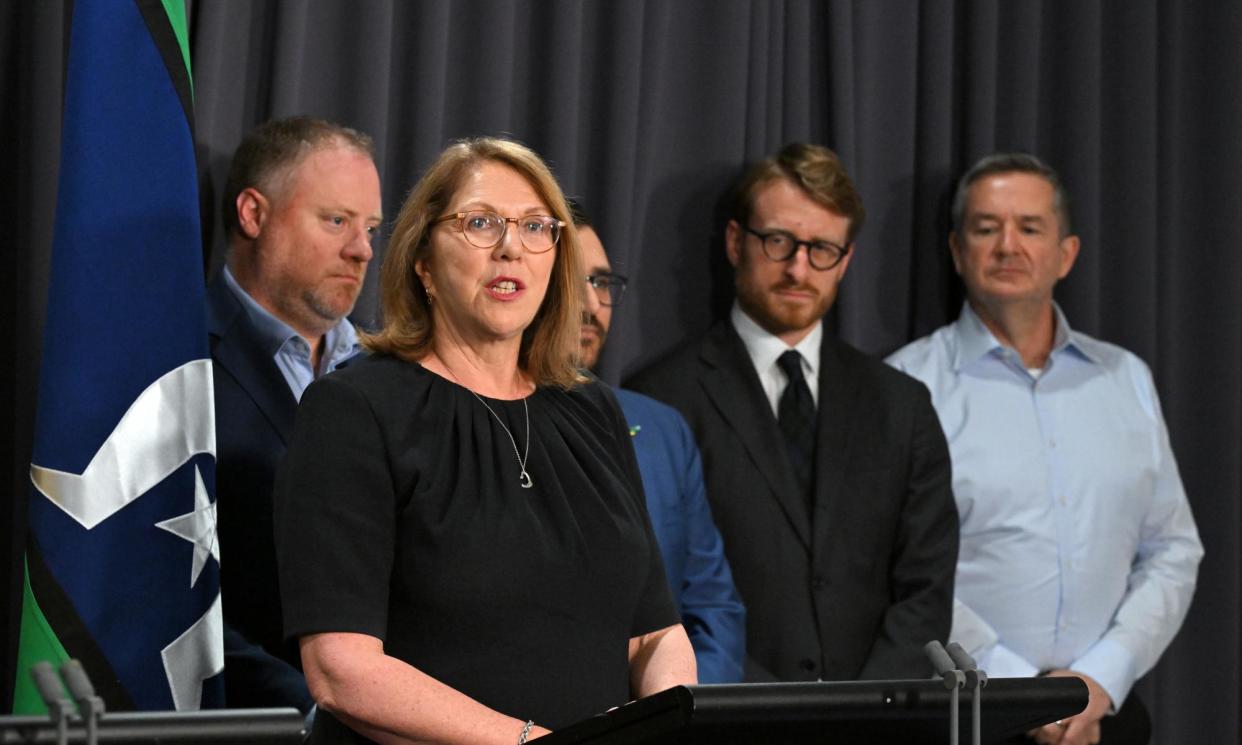Albanese government manages to unite automotive industry on fuel standards – almost

In bringing together a fiercely divided auto industry, the Albanese government appears to have struck a consensus model for a vehicle efficiency standard that will meaningfully bring down emissions – and Australian motorists will reap the rewards.
While the government ultimately had to buckle to industry pressure and water down the preferred settings it had unveiled in February – the most significant concessions being the easing of rules for certain large SUVs and a six-month delay to the credit and penalty system – the fact targets were ambitious to begin with meant that even environmental and electric vehicle bodies back the compromise deal.
Carbon dioxide emissions will be cut by 321m tonnes by 2050, and while this is down from the 369m tonnes predicted under the government’s initial proposal, the policy will remain a key tool in achieving Australia’s long term decarbonisation targets.
For years, Australia has been a pariah among advanced economies – with the exception of Russia – for its lack of an efficiency standard, prompting claims from climate advocates that car manufacturers have been treating the country as a dumping ground for dirtier, more costly to run cars.
Related: Labor unveils watered-down fuel efficiency standard that eases emission rules for large SUVs
Critics claimed this is because they faced no penalty for doing so, nor did they have incentive to send their electric, hybrid and most efficient petrol models here.
The data appears to back this up. A new car sold in Australia uses, on average, 6.9 litres of fuel for each 100km compared with new cars in Europe and the US that use 3.5 litres and 4.2 litres, respectively, according to analysis from the Climate Council.
Though primarily a climate measure, the government had sought to centre the cost-of-living benefits of the NVES in the debate as much as it could – something which had at times struggled to cut through loud claims from the opposition, manufacturers – including Toyota – and the Federal Chamber of Automotive Industries (FCAI).
They had claimed that the standard, as initially proposed, would see the cost of Australia’s most popular cars – gas-guzzling SUVs – spike, and could spell the end of the ute.
The debate proved heated as the responses to the proposed standard became clear. Tesla and fellow electric carmaker Polestar sensationally quit the FCAI, claiming it was not representing them, as the body raised concerns the rules could increase the price of popular utes by up to $13,000.
Those tensions appear to still be raw.
At Tuesday’s unveiling of the updated standard, transport minister Catherine King and energy minister Chris Bowen were joined by bosses from Toyota, Hyundai, Tesla and the Electric Vehicle Council, among other climate and industry leaders. The FCAI’s absence was notable.
In getting Toyota – the nation’s biggest selling brand – on board, King was able to herald the predicted $95bn in bowser savings the updated deal is predicted to deliver Australians by 2050, without a warning of a hit to consumers.
Toyota’s CEO, Matthew Callachor, turned down the opportunity to call the standard a “car tax”, despite the government’s concessions falling well short of the tweaks Toyota had called for, but he did say affordability of some vehicles in light of the standard “remains a significant challenge”.
Tesla’s Sam McLean echoed Bowen, saying “nobody has left with everything they wanted”.
Related: Utes and SUVs make up entire top 10 in record year of new car sales in Australia
Meanwhile, the Smart Energy Council’s Richie Merzian was among stakeholders at the government’s announcement, but the group waited until after the announcement to take a jab at the recategorisation of some SUVs and, specifically, Toyota – seen as a laggard by some, as it only last month released its first fully electric car.
“Calling a Toyota Land Cruiser a light commercial vehicle does not pass the school drop-off test,” the council’s CEO John Grimes said late on Tuesday. “Toyota is Kodak on wheels.”
His barb was a reminder of Australia’s love affair with large SUVs that has developed over the last decade, and the importance of this in the emissions reductions and cost-of-living puzzle.
Regardless, the government must still navigate political risks from the federal Coalition, who on Tuesday were calling the standard a “family car tax”.
Yet in getting major car brands and green groups on the same page, the government appears to have cleared a path forward to legislating a standard, which, while not world-leading, will be seen as a milestone by the market, consumers and in the energy transition.


